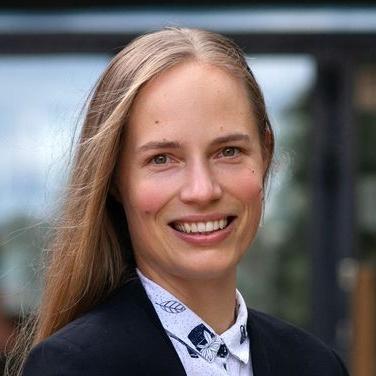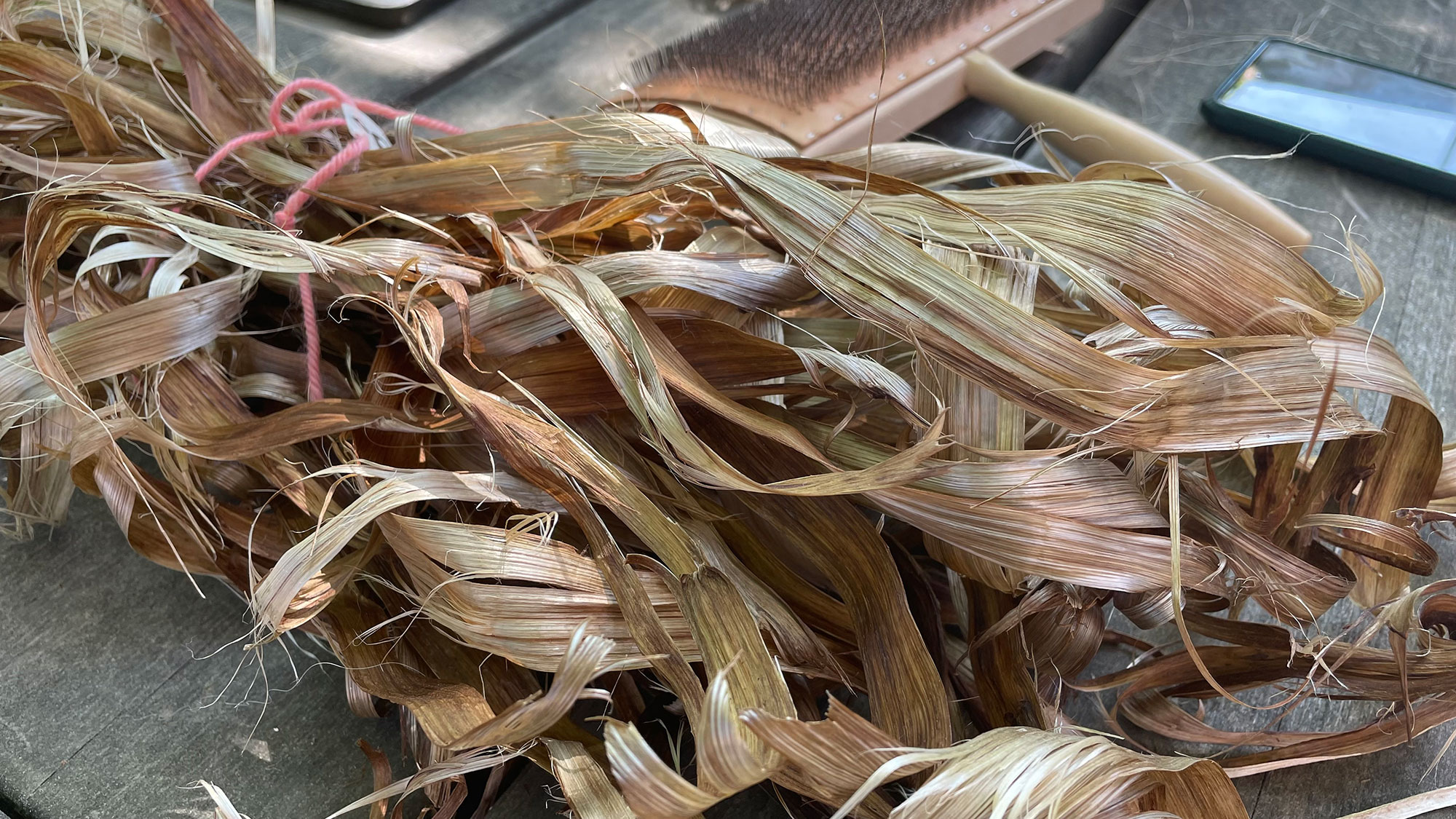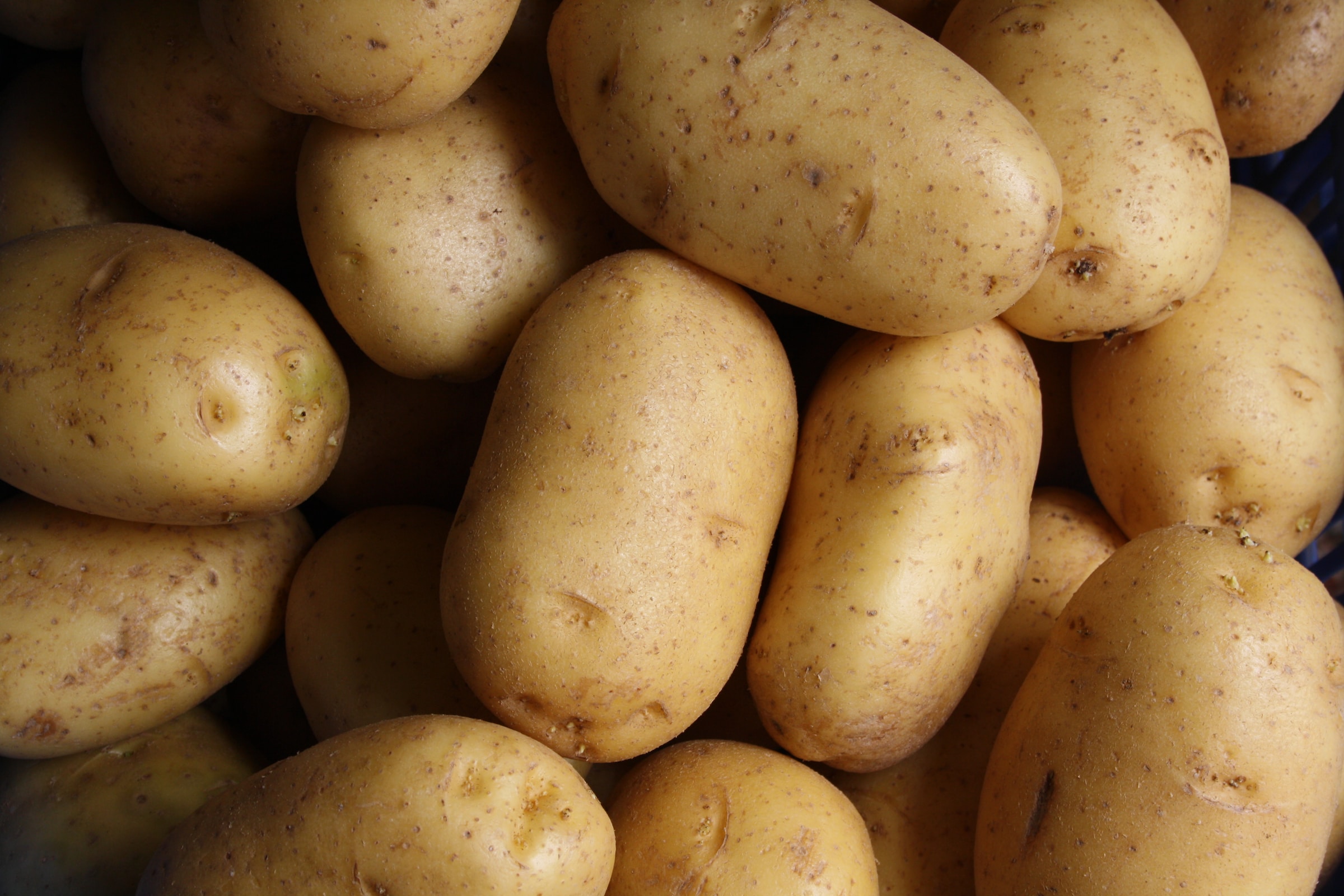The global textile industry is a growing problem for our environment. In Europe, the textile industry ranks fifth in terms of greenhouse gas emissions. Most of the clothes we wear are produced in countries outside Europe. Around 80 percent of the environmental consequences of European textile consumption occur outside Europe (source: regjeringen.no).
Last year, the European Commission launched a strategy to mitigate the environmental impact of the textile industry. This has resulted in new criteria in terms of the design, chemical consumption, durability, and recycling of textiles.
Nordic research is a major contributor in these efforts.
Jaana Vapaavuori is assistant professor at Aalto University in Finland. She’s leading the interdisciplinary project Nordic network on smart light-conversion textiles beyond electric circuits (Beyond e-Textiles). The project is investigating how the textile industry can become more sustainable by developing new experimental textiles as alternatives to, for example, cotton and the synthetic fibre elastane.
“It’s important that we raise awareness among the public and decision-makers of the issues in the textile industry today. In our project, we’re motivated by our concern about the environmental impact. Although there’s a long way to go before we find a greener way to produce textiles, we have the desire and belief for the clothing and textile industry to become more sustainable in the future. That’s why we’re experimenting with developing new textiles,” she says.

Textiles with functional properties
A central element in the project is so-called e-textiles. The most common e-textiles have integral electrical wires or a battery, which can be used to make gloves that can be heated, for example. In many of the e-textiles currently available, user comfort is low and the textiles are difficult to wash and reuse. The Beyond e-Textiles project is therefore trying to develop next-generation e-textiles that do not need electricity.
“The Nordic population is getting older, and we want to develop functional clothing that can, for example, help to monitor blood pressure in the elderly. A completely different aspect is that we’re researching interior textiles that have climate adaptation capabilities. Can we find ways to use textiles in carpets, window curtains, or wall coverings to cool buildings in the summer or heat them in a more sustainable way in the winter?” asks Jaana.
New ideas emerging thanks to interdisciplinary research
The research project has participants from Aalto University and the University of Turku (Finland), VIA University College (Denmark), the University of Borås (Sweden), and Iceland University of the Arts. The project is part of NordForsk’s interdisciplinary research area and consists of researchers from many different disciplines – from art and design to engineering.
“It’s important that the work we do has an impact beyond our own professional ‘bubbles’. Since we come from different disciplines, we constantly get feedback from each other, and ideas emerge that we wouldn’t have come up with on our own,” she says.
Exhibitions have had an impact
The project has been involved in five exhibitions to demonstrate the prototypes at partner universities around the Nordic Region. In addition, the project hosted an exhibition at a large conference in London, attracting considerable attention:
“The Nordic countries are often considered to be leaders when it comes to textile design. In London, the exhibition was evaluated by external experts, and our research results were seen as being hugely significant. Many of the Nordic countries have a long tradition of handicrafts and textile production, and there is a significant Nordic contribution to research into sustainable textile production,” she says, and adds:
“Our results have already had an impact. The exhibitions have welcomed visitors from the general public, and we’ve invited specific stakeholders such as needlework teachers and others from the clothing and textile industry. In Finland, textile crafts are part of the country’s compulsory education. One of the social impacts of our research is that the needlework teachers who’ve participated in our exhibitions can present some of what we’ve made in their classes.”








